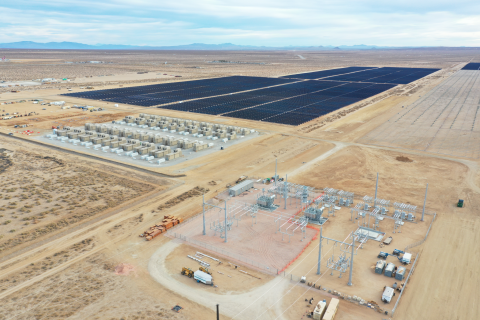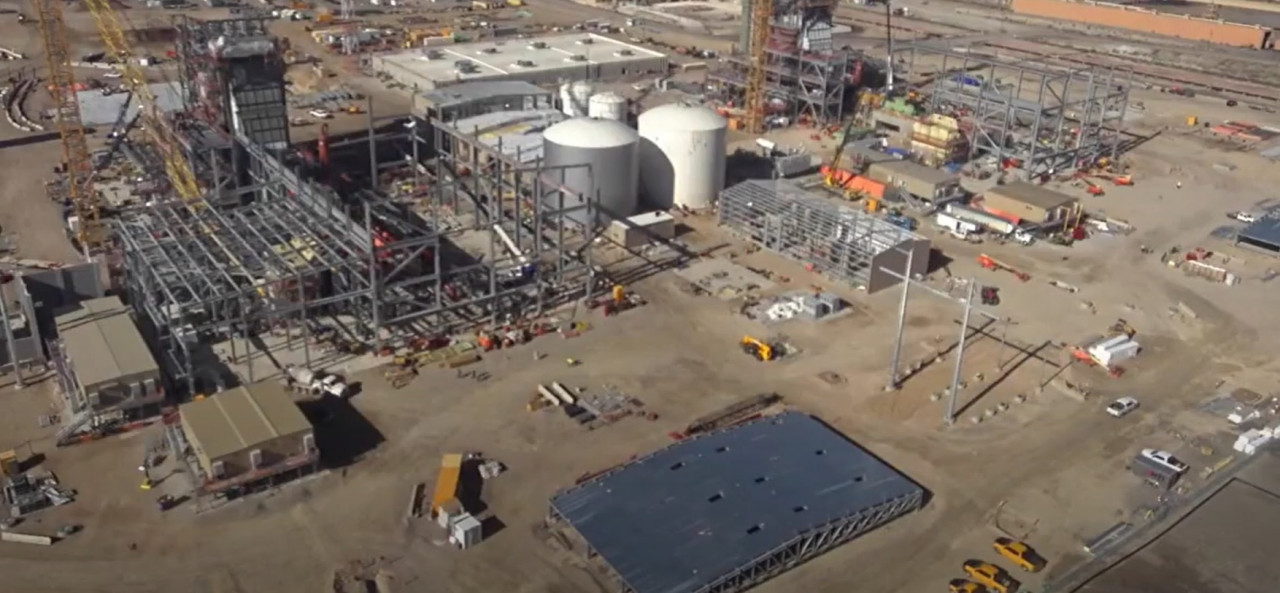Understanding the US’s massive hydrogen 'battery', coming up in Utah
Power companies in the USA, including oil major Chevron, are readying a massive hydrogen battery in the state of Utah. Two large salt caverns are being emptied – their salt dissolved through water – after which, they will be filled with hydrogen gas.
The battery will work like this: surplus renewable energy, generated during the country's autumn and winter seasons, will be used to create the hydrogen, which will then be stored in the caverns. When demand is high and renewable capacity cannot meet the requirement, i.e. summer, the hydrogen will be burnt along with a small amount of natural gas to produce electricity, bridging the gap.
The project is a massive $2 billion investment attempting to create hydrogen on a scale not seen so far. It will use 40 large electrolyzers, each weighing 100 tons and roughly the size of a shipping container, to split water through electrolysis. Construction is expected to be complete by 2025.
Once filled, the two hydrogen-filled caverns -- 3,000 to 4,000 feet below the surface but 1,200 feet high 200 feet wide -- would hold more energy than all the chemical storage batteries installed in the US at present.
Jigar Shah, head of the US Department of Energy's loan program office, says the project, which offers "a massive amount of storage," comes "at the exact right time."
There are a lot of new renewable energy projects coming up in the US, which, taken together, could produce more electricity than needed during the spring and autumn seasons. "This is a great way to deal with all that excess supply," Shah says.
His office has also supplied a $504 million loan guarantee for the project, believing that the scale of the project will serve as a catalyst to help bring down the cost of electrolyzers, in turn making green hydrogen less expensive. "If someone doesn't go first," Shah says, "then we'll never get to the cost reductions in the future."
Questions are being asked about the cost and efficiency of using electricity to make hydrogen and then re-using that hydrogen to again make electricity, but John Ward, spokesman for the Intermountain Power Agency, which is building the plant, stands by the idea, calling it "a paradigm shift."
"We're making hydrogen as an energy storage carrier," he says, adding, "You need more robust energy storage to have a reliable grid, and that's what this is about."
In coming years, such "dispatchable" energy and novel forms of storage could play a pivotal role as the world shifting to intermittent power generation sources. One positive fallout: since the electricity used to produce the gas would come from renewable sources, the resultant hydrogen would qualify as "green", regardless of cost.
Hydrogen, when burned, produces water vapor and no carbon dioxide, making it an ideal green fuel and potential replacement for petrol and diesel in transportation, electricity generation and other hard-to-decarbonize industries such as cement and steel.
In the US, the government last year awarded $7 billion to seven proposed regional hubs to spur the use of the gas in various industries.


















